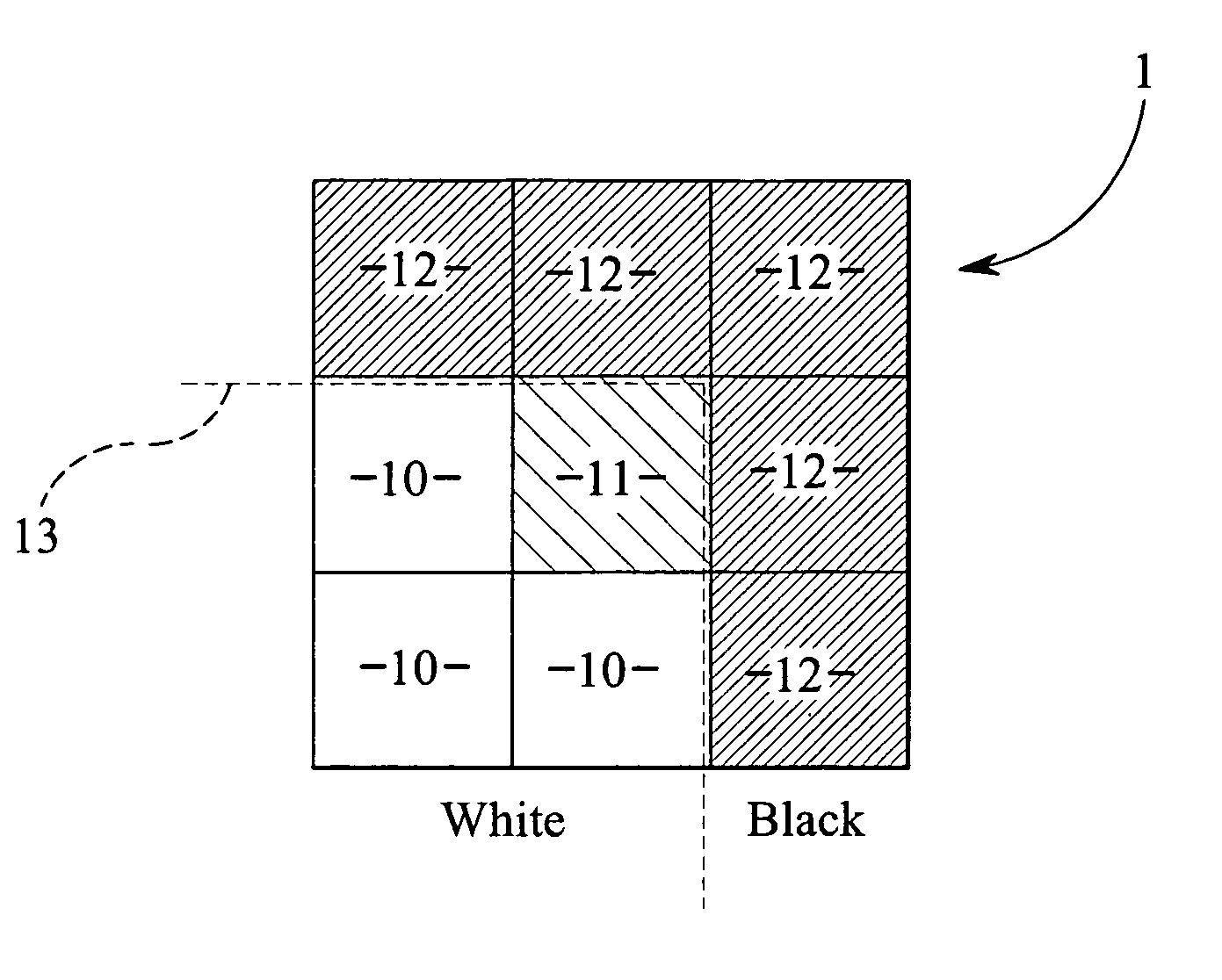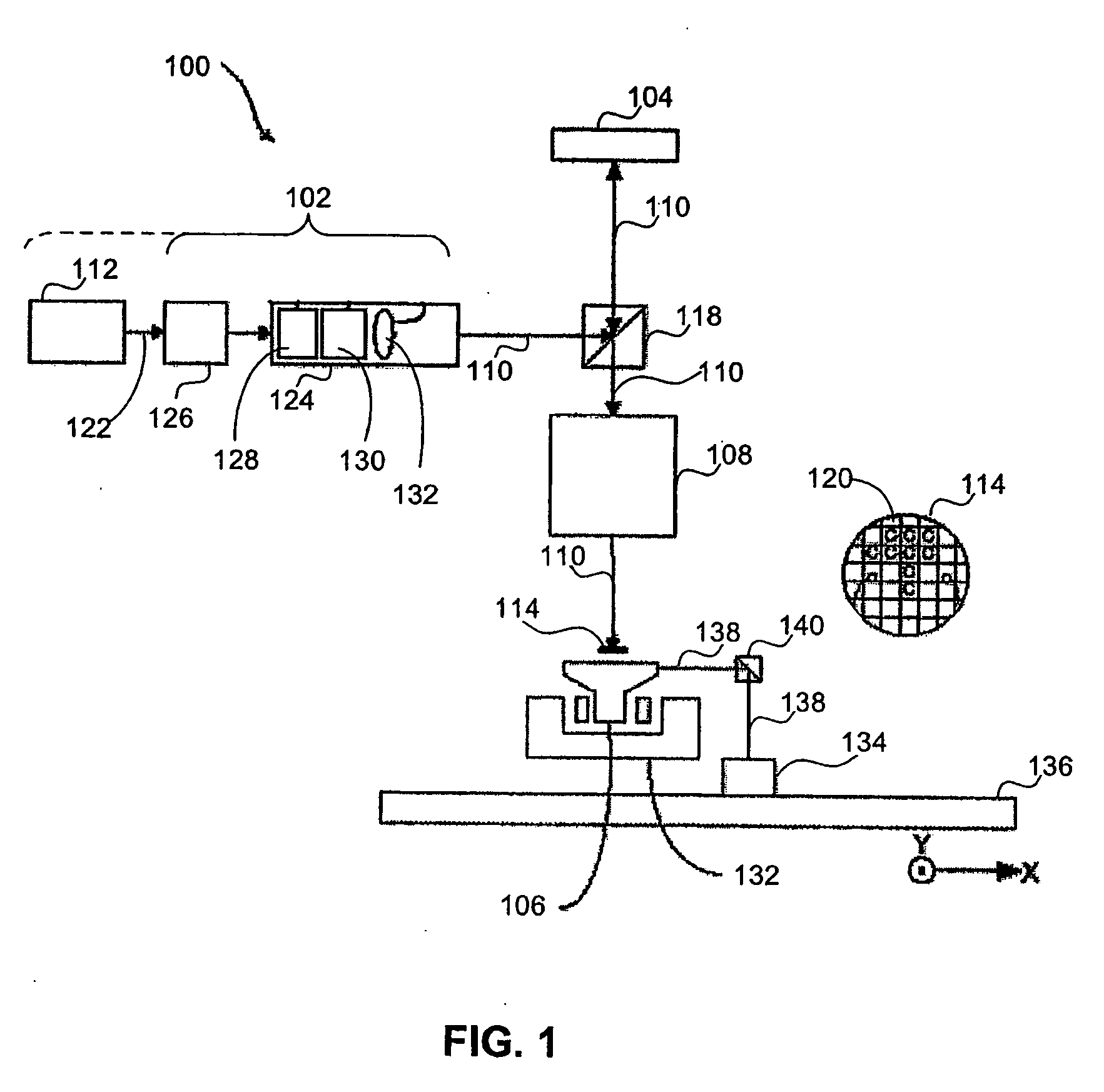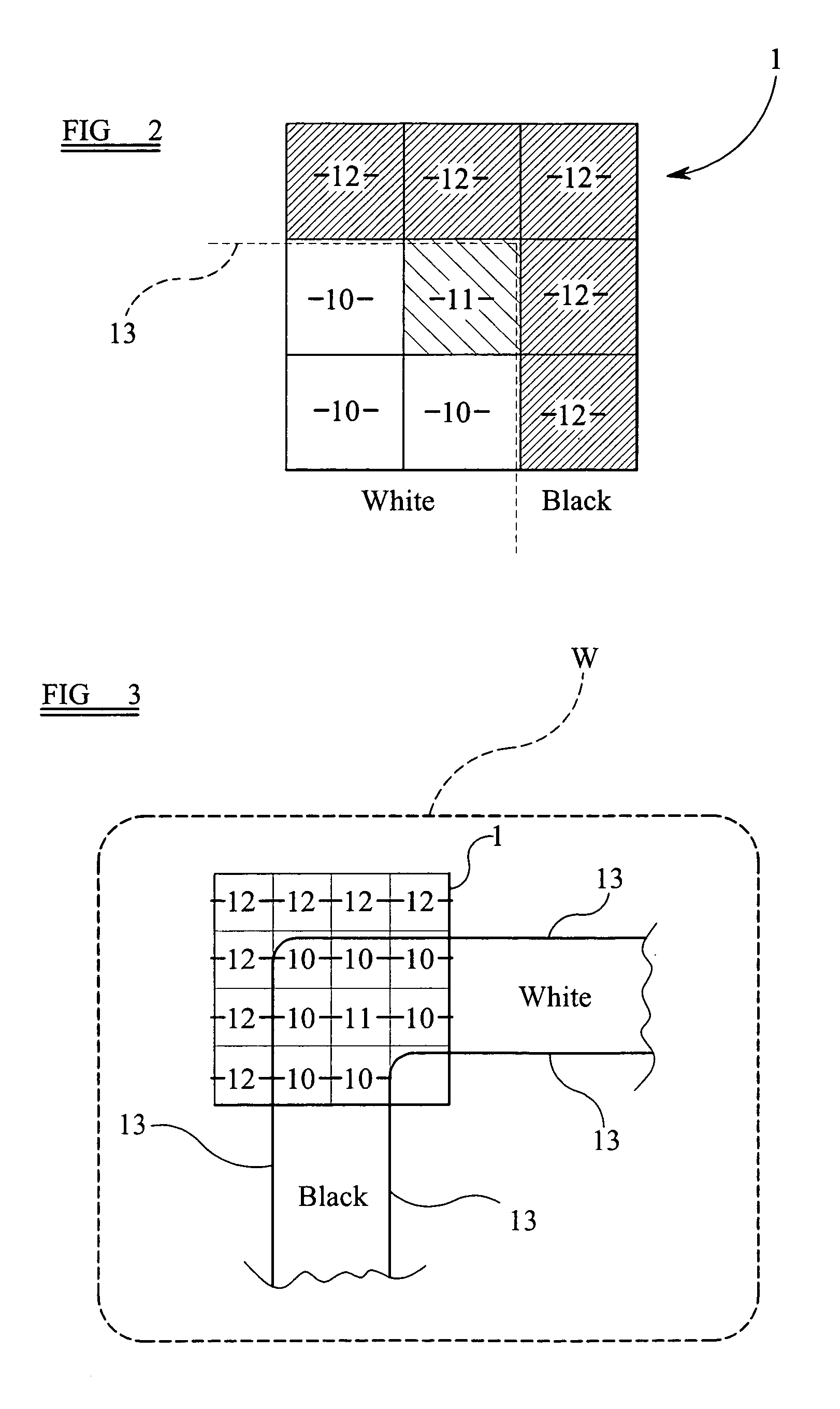Lithographic apparatus and device manufacturing method
a technology of lithographic apparatus and manufacturing method, which is applied in the direction of electrical apparatus, printers, instruments, etc., can solve the problems of limited compensation and conventional compensation methods, and achieve the effect of avoiding consequential reduction in throughpu
- Summary
- Abstract
- Description
- Claims
- Application Information
AI Technical Summary
Benefits of technology
Problems solved by technology
Method used
Image
Examples
Embodiment Construction
Overview and Terminology
[0065] In one embodiment of the present invention using a microlens array imaging system, it is the function of a field lens of a beam expander (which field lens may be formed from two or more separate lenses) in an illumination system to make a projection system telecentric by ensuring that all components of the light beam between the field lens and the microlens array are parallel and perpendicular to the microlens array. However, although light beams between the field lens and the microlens array may be substantially parallel, absolute parallelism may not be achievable.
[0066] Thus, given a degree of non-telecentricity in the projection system, according to one embodiment of the present invention, small magnification adjustments can be achieved without undue loss of focus by displacing one or more of the lens components which are located between the pupil and the substrate table.
[0067] In one embodiment, a projection system will define a pupil. The term...
PUM
| Property | Measurement | Unit |
|---|---|---|
| wavelength | aaaaa | aaaaa |
| wavelength | aaaaa | aaaaa |
| wavelength | aaaaa | aaaaa |
Abstract
Description
Claims
Application Information
 Login to View More
Login to View More - R&D
- Intellectual Property
- Life Sciences
- Materials
- Tech Scout
- Unparalleled Data Quality
- Higher Quality Content
- 60% Fewer Hallucinations
Browse by: Latest US Patents, China's latest patents, Technical Efficacy Thesaurus, Application Domain, Technology Topic, Popular Technical Reports.
© 2025 PatSnap. All rights reserved.Legal|Privacy policy|Modern Slavery Act Transparency Statement|Sitemap|About US| Contact US: help@patsnap.com



